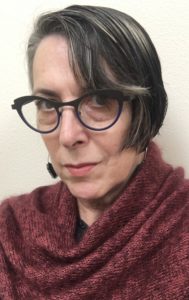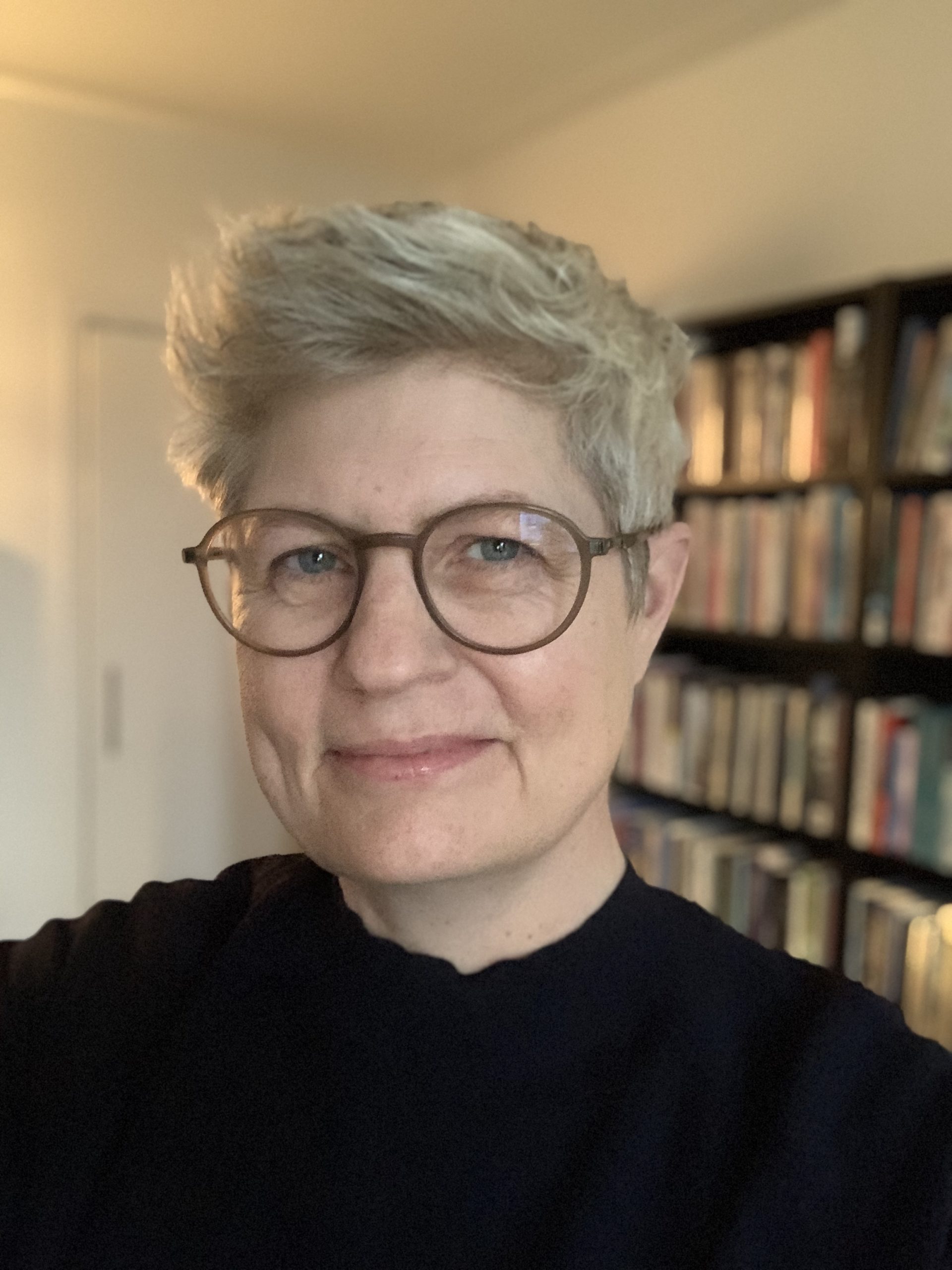Siegen welcomes Geomedia!
+++ The Conference Agenda is now available +++
+++ The Book of Abstracts is now available as PDF +++
Geomedia provides a genuinely interdisciplinary platform for research carried out at the nexus of Geography, Media and Film Studies. The aim of the conference series is to map out the current terrain of media geographical research, pinpointing its main areas of debate and assessing the prospects of media geography as a more formalized academic field.
2021 should have been the year that marked Geomedia's move from Karlstad to Siegen, a lovely, off-the-beaten path industrial hub with a thriving university of over 20,000 students. Due to the ongoing pandemic situation, we decided to hold the conference in a fully digital format.
The conference is hosted by the Graduate School Locating Media and the CRC Media of Cooperation at the Department of Media Research, University of Siegen. It is organized in collaboration with the Geomedia Group at Karlstad University.
General Information
Geomedia2021 - The 4th International Geomedia Conference
Siegen, Germany, 5-8 May 2021
Contact: info@geomediastudies.com
The conference will be held via video conferencing.
There is no conference fee.
Conference Timeline
October 31st 2020: Submission system opens
January 7th 2021: Deadline for thematic panel and individual paper proposals
January 31st 2021: Extended Deadline for thematic panel and individual paper proposals
February 25th 2021: Notes of acceptance
March 22nd 2021: Participant Registration opens
Our Keynote Speakers

Caren Kaplan
University of California at Davis, USA
Staying with the Grid: The Limits of Geographical Knowledge and Its Technics
How do we make possible social, political, economic, and cultural change, particularly in the face of resurgent authoritarian and fascist movements globally? In this effort, it is tempting to identify the bête noire in our discipline (whether it is the map, the grid, the nation, the police, patriarchy, etc.) and try to imagine or enact an “otherwise” or “elsewhere.” Technologies are often identified as the culprit—if we could only eliminate one or more of them, we might regain a lost way of life. Or, perhaps we could recuperate specific technologies from rapacious capitalism or military use for more morally beneficial ends.
In this paper I will argue that many efforts to “go off the grid” can reinforce and even romanticize colonial tropes and territorialization. While mapping technologies are always already historical and contingent, their hegemonic penetration of geographical knowledge can be deconstructed but not escaped. This conclusion is not defeatist or pessimistic. Rather, an anti-racist, anti-misogynist politics that does not reproduce empire cannot form or thrive without this refusal to engage the history of geographical knowledge and its technics.
Nanna Verhoeff
Utrecht University, Netherlands
Doing the Distance: Screening Mobility, Performing Presence, and Designing the Contours of Connection
This talk is firmly situated in the current moment; a time when we are going in and out of states of lockdown, our movements suspended, rerouting our passages in public space, and reshaping and reflecting on our new/old habits of connection. This moment perhaps asks not so much the questions of if, or how to go off the grid, but rather of how to re-enter or remain on it. Or rather: how can we actively, productively, and response-ably “do the distance”?
In an effort to respond to the pandemic situation in which rules for distance intervene in our personal and public spaces, as well as the spaces for scholarly work and exchange — Iike this online conference! — I will suggest some conceptual coordinates that together offer a creative humanities perspective (Bleeker et al. 2020; Verhoeff and Van der Tuin 2020) on the shaping of shared spaces for mobility, presence, and distance. This perspective brings together new materialist thinking and media, art, and performance studies, in an attempt to understand and contribute to the distance designs that are always-already developed at the intersection of cultural theory and artistic design.


Bernhard Siegert
IKKM Weimar, Germany
“The map is the territory” (II): Smithson‘s Geomedia
Robert Smithson‘s maps are paving the way for a conception of geomedia that goes beyond media of representation. Maps are not only a frequent component of Smithson’s works – first of all of his nonsites –, the map is as well a determining concept which informs his work from 1966 on. Smithson‘s maps do not intend to represent a territory; they are neither a cultural technique of navigation in the usual sense. Smithson‘s maps are geomedia in that sense that they allow you to explore the limits where signifiers and matter become indiscriminate. The question of the indistinguishability of map and territory, of writing and matter, is nothing more than a question of scaling.
The cultural technique of the cartographic grid turns into an operation which translates linear perspective and geology into each other. Pieces like Gyrostasis or Leaning Strata (1968) develop from cartographic constructions which reveal geologic deep time within perception. The Spiral Jetty finally is an assemblage which links earthwork, film, sun and eye, and allows the subject to pass from inside to outside, from present to geologic deep time (and back).
Smithson‘s geomedia anticipated essential ideas of New Materialism, and may contribute to the further development of the theory of cultural techniques as well as to that of media ecology.
Participant Registration
Here you can register for Geomedia 2021. Please note that the Zoom-links will only be made available to registered participants of the conference.
Practical Information
Here you find practical information about the conference venue and structure as well as our current planning regarding the COVID-19 situation.
